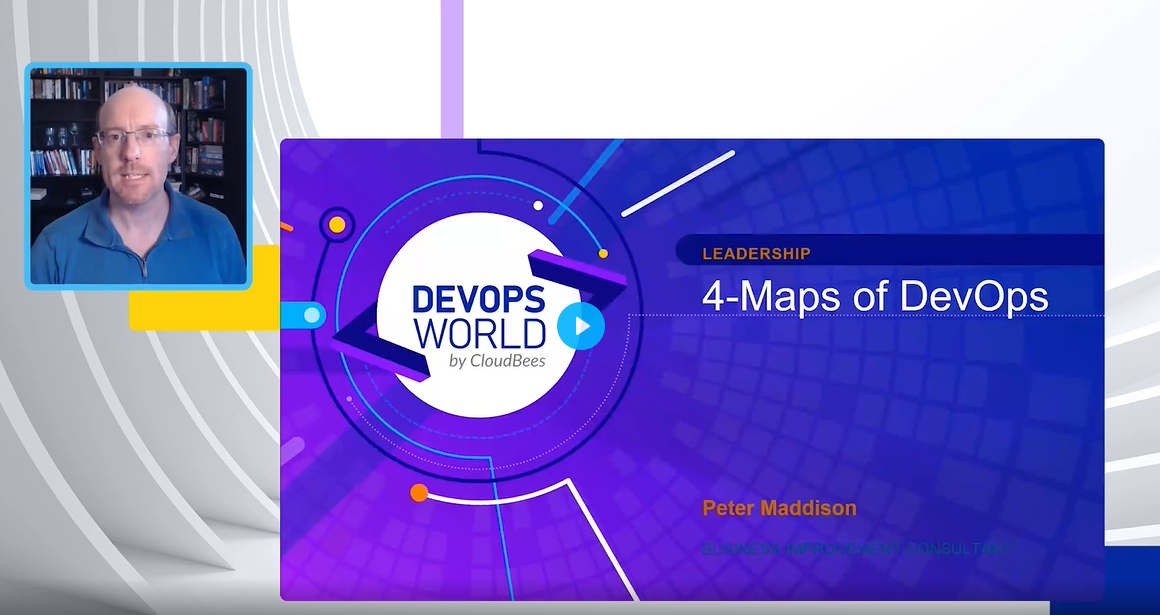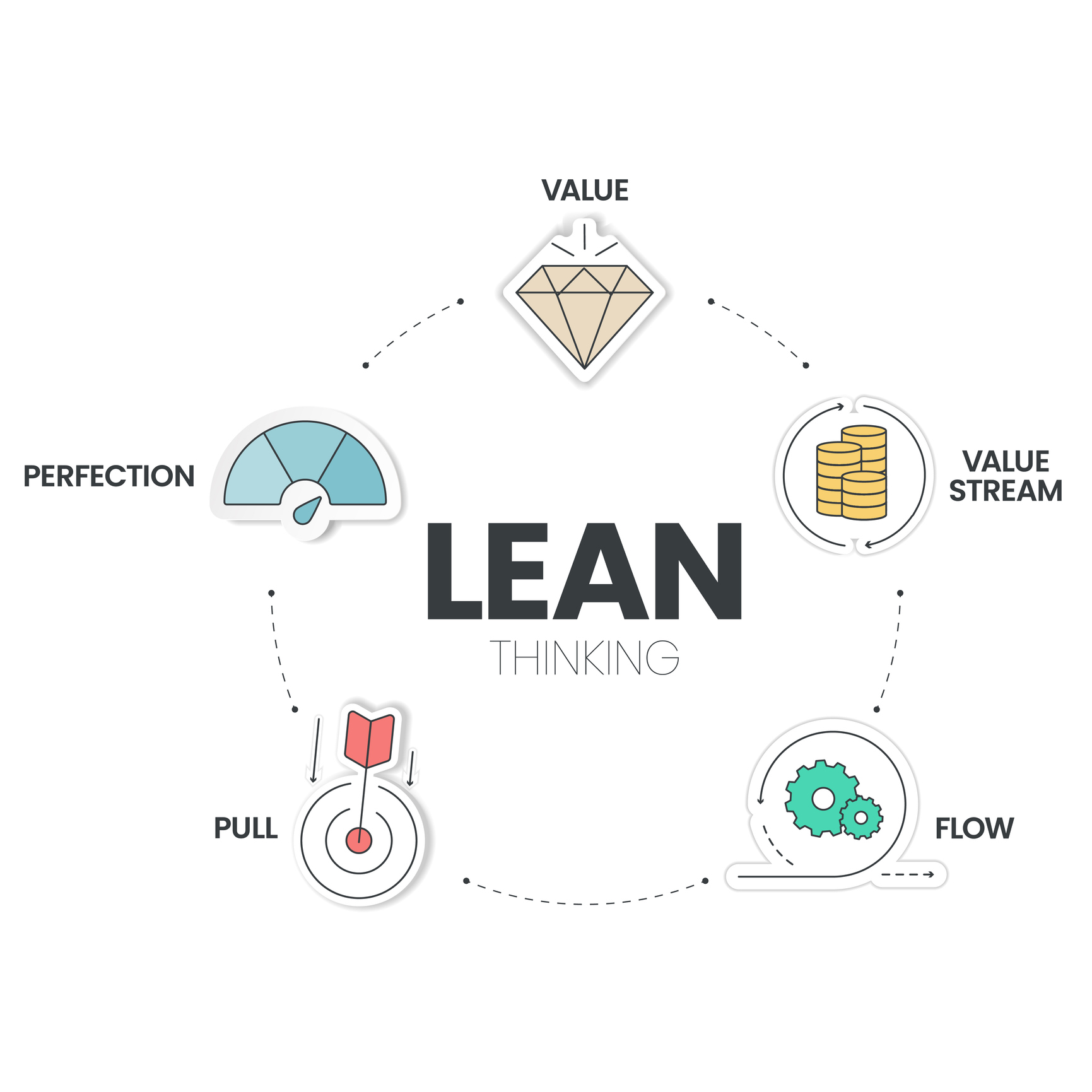In today’s world of instant gratification, users want a perfect experience every time they access one of their devices. We are no longer in a world where it’s just about buying up new technology for this gratification, developers need to be providing value every time they push out an update.
In a talk at DevOps World 2021, Peter Maddison, founder of Xodiac, explained that tools try to solve some of the challenges here, but don’t address the underlying issues of not having visibility, clarity, or understanding of the problem that needs to be solved.
In comes flow engineering to save the day. According to Maddison, flow engineering consists of four maps:
Outcome mapping enables development teams to define and clarify their outcomes and expectations.
Value stream mapping allows companies to pinpoint how they are creating value to their customers.
Dependency mapping looks are the things outside of the system, such as regulations and compliance requirements. Developers can then make informed decisions about how to scale, what the key elements that matter are, and what things they need to be aware of.
Capability mapping involves asking questions around strengths, weaknesses, skills needed, and the need to bring in people with different sets of knowledge.
Maddison then went on to explain how to actually utilize these maps in practice. He recommends starting with a discovery session to determine the company’s “North Star.”
“What are we trying to focus on and achieve here? Who needs to be involved out of all of the stakeholders? …. When do we want to achieve this by? What are we going to use the information for? How are we going to make sure that we remain focused on our target?”
Keeping the desired end goal in mind, companies can build their outcome map and then move through the rest of those maps.
He also noted that once these maps are created, they can be reused; They don’t have to be tied to a single product.
As mentioned previously, many DevOps initiatives focus on the tools, but according to Maddison, there is a lot of work to be done on the process and people aspects.
He recommends companies consider setting up a center of enablement or a flow enablement team that can bring in and assess new practices, and look at different ways of helping companies learn and improve.
“This sounds like a lot of work,” said Maddison. “But it doesn’t have to be. The maps themselves can be exercises you run very, very quickly. They can take a few hours and you can just bring that information. Now there’s the importance of it when you discover things you need to go back and actually take action. So find the low hanging fruit, prioritize those, make sure that you address them, make sure that happens, because that helps build the trust and that helps bill the psychological safety you need for so many other aspects of these practices to work. And so we want to make sure we start with those outcomes, not the solutions.”








